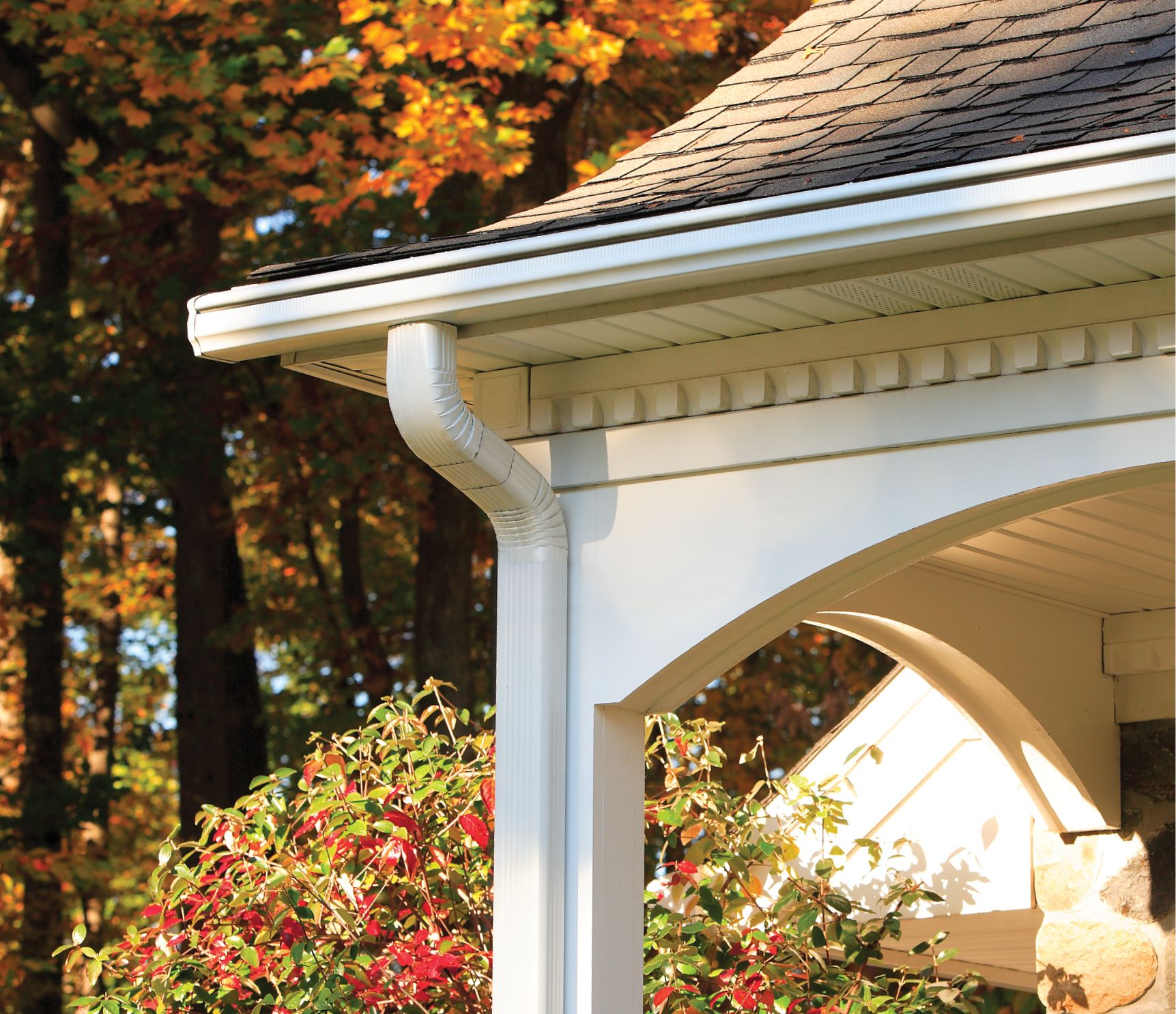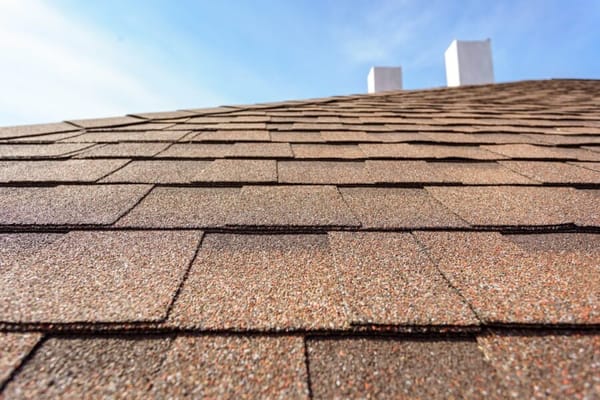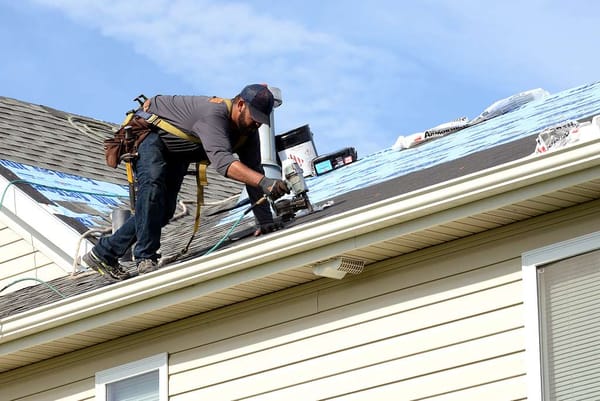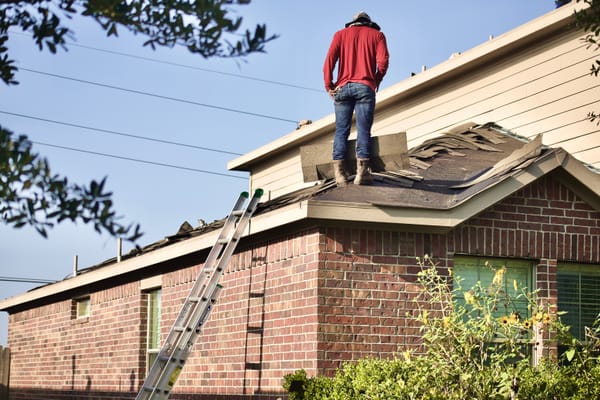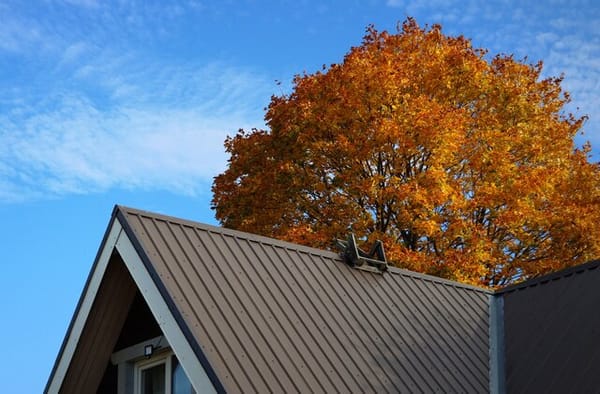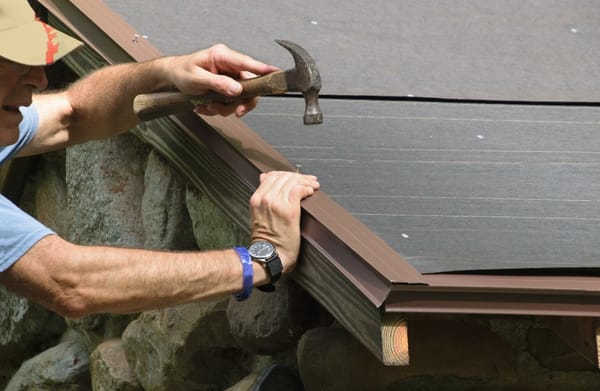The drainage system is one of the key factors in the safety of the façade and foundation of any building. Without it, the process of house destruction will occur much faster and the life of the building will melt before our eyes. The drainage system is not only an excellent addition to the architectural picture of the entire building, but also an important element thanks to which many problems can be avoided. Let's figure out exactly what problems a drainage system solves and why it is needed in a private home.
Why do you need a roof drain?
Protection of the building façade from the harmful effects of water
Melt water in the autumn and spring seasons and rains in the summer season have a detrimental effect on the façade covering of any building. It’s not for nothing that they say: “water wears away stones,” because this is true, but not only for stone, but for any façade.
If the façade is made of vinyl siding , then over time water, especially in places where drops accumulate and streams flow, will leave marks. In any case, you will need to find specialized gutter contractors. This will extend the life of your gutter and you will save money in the future.
The color of the siding will fade and the appearance will become significantly worse. The polymer coating on metal siding begins to deteriorate over the years, exposing the metal. We all know very well what happens to metal when it comes into contact with water - rust.
The situation is even worse with facades made of brick or natural stone. Over time, water erodes microcracks in the stone and stagnates there. Thanks to this, the entire façade suffers - it begins to “crumble” more, moss growths appear, which, sprouting, further destroy the brick and stone. Also, mold loves to settle in such cracks, which has a very detrimental effect on any façade.
Building foundation protection
Gutters play a big role in the safety of the foundation of any building. Drops and jets of water falling from the roof directly onto the foundation cause great damage, washing away the concrete. You should not think that this will take a lot of time, this process is quite fleeting and the first signs of foundation destruction will not take long to appear. Microcracks and large cracks will appear in the first years of operation of the building.
By washing away microcracks, water opens the way for more insidious destroyers - moss and mold. As on the façade, these pests germinate, destroying the upper layers of concrete, and penetrate deeper every year. In the autumn season, these cracks are filled with moisture, which, before it has time to evaporate, freezes. Here it is important to remember the school physics course, the section in which the mechanical properties of water are studied. When water freezes, it expands, and there are no exceptions for microcracks and ordinary cracks. Ice squeezes out pieces of concrete and the foundation collapses very quickly. Ice in winter; in autumn, spring and summer, moss and mold - all this can be avoided by simply installing a drainage system.
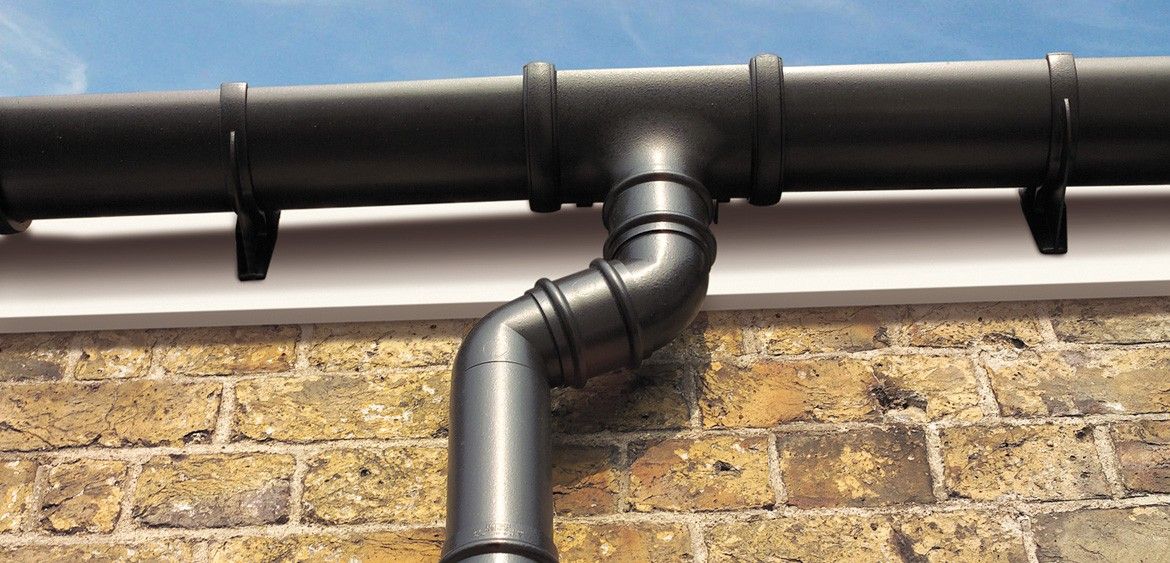
Protecting the site from flooding
A non-obvious but important point that is not visible at first glance. During the autumn and spring seasons, a lot of water comes off the roofs. The drainage system controls where exactly the water will go, preventing it from spilling over the entire area. If there is no drain, then jets of water erode the soil along the entire perimeter of the building. In spring and autumn, water dries for a long time and flows poorly into the ground, causing puddles to form that can turn the area into a swamp. No one wants to carry dirt throughout the entire territory and, subsequently, drag it into the house on shoes, so it is important to direct the flow of water in the right direction.
It is worth noting that in this aspect, the presence of a properly designed drainage system plays a paramount role. Without it, there will simply be nowhere to drain the water. A simple drainage system in the form of grooves around the perimeter of the site or a professional drainage system throughout the entire site - any of the options works great in conjunction with a drain.
Conclusion
The importance of having a drainage system cannot be overestimated. Without it, the facade and foundation of the building will collapse from the effects of moss and mold, as well as from the direct mechanical influence of water. In warm seasons, mold and moss cause damage, and in winter, water freezes in these same cracks, the ice expands and further destroys the façade and foundation. Without proper directional drainage of water, the area around the building suffers. Puddles appear, the soil is washed away and the area turns into a dirty “porridge”. All these problems can be avoided by using a drainage system . Do not neglect the drainage; in the near future, this will save a lot of money on repairs and maintenance of the facade and foundation of the building. It’s better to plan for everything at once and make every effort now than to spend more money, effort and time later!

